Andis Super 2-Speed Horse Clipper with T-84 Blade Set – 580081199
Groom your horse with the Andis Super 2 Speed Horse Clipper with T-84 Blade Set. These pet hair clippers are perfect for complete horse grooming. The pet clippers housing is shatter proof and feature a 168 in. long cord. These pet grooming clippers run cool and quiet at 3,400 – 4,400 SPM.
Groom your horse with the Andis Super 2 Speed Horse Clipper with T-84 Blade Set. These pet hair clippers are perfect for complete horse grooming. The pet clippers housing is shatter proof and feature a 168 in. long cord. These pet grooming clippers run cool and quiet at 3,400 – 4,400 SPM.
- Pet hair clippers are perfect for complete horse grooming
- Pet clippers housing is shatter proof
- Pet grooming clippers run cool and quiet at 3,400 – 4,400 SPM
- Works with UltraEdge T-84 2.4mm blade (SKU #5800829) and UltraEdge Super Blocking blade (SKU #5800845)
- 1 year limited warranty
- Cord is 168 in. long
- UltraEdge™ Carbon Steel blade
- Rotary motor runs 120V/60Hz
- Comes with a DVD and a bottle of oil
Additional information
| Cord Length | 14 ft. |
|---|---|
| Handle Material | Polymer |
| Head Material | Carbon Steel |
| Number Of Speeds | 2 |
| Power Type | Electric |
| Warranty | 1 Year Limited |
| Manufacturer Part Number | 22330 |

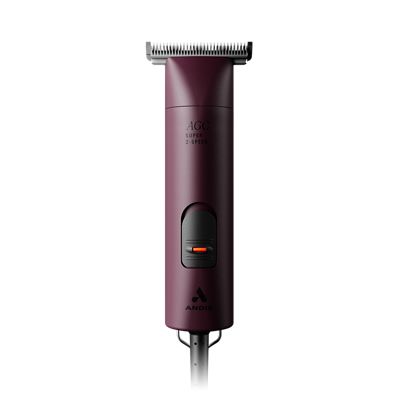
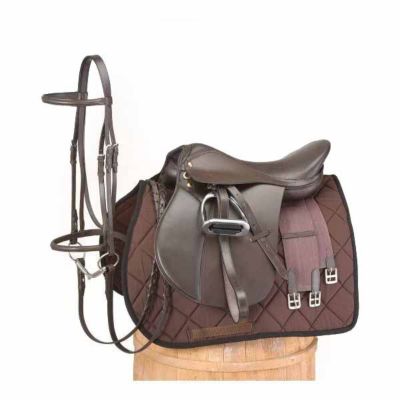
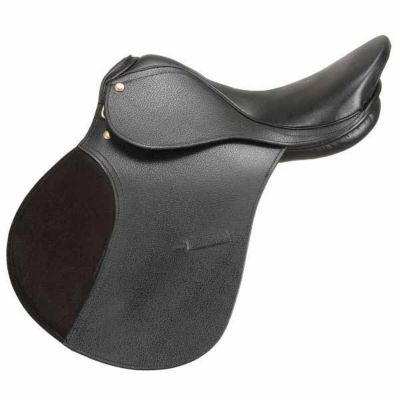
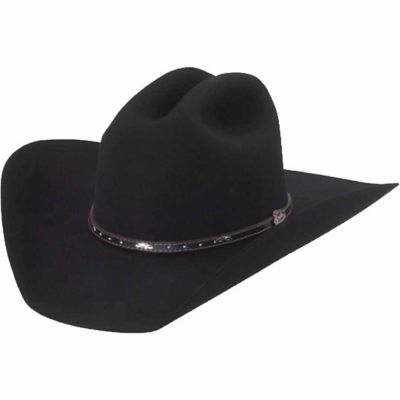
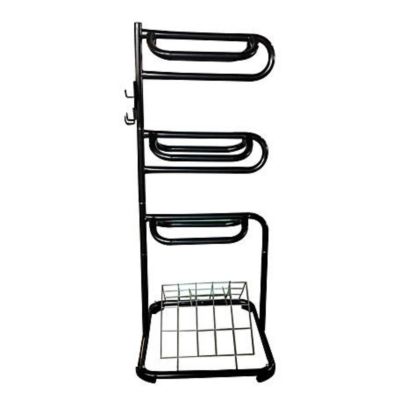
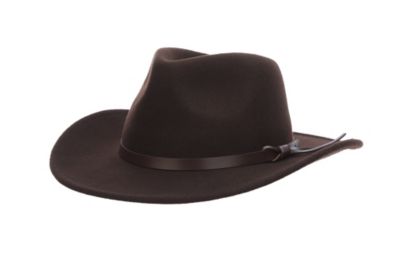
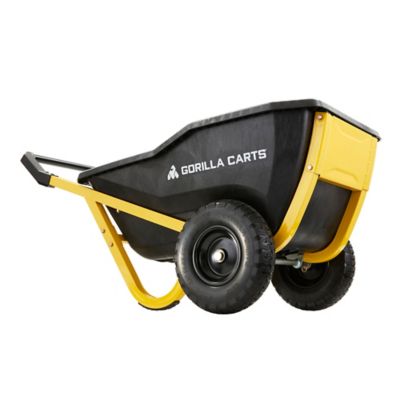
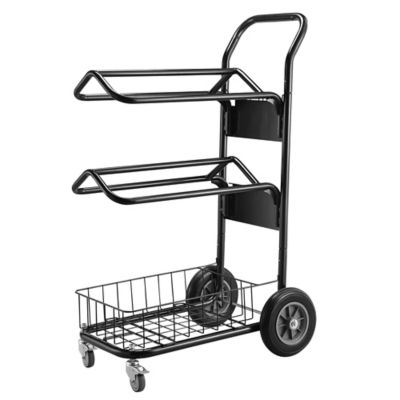
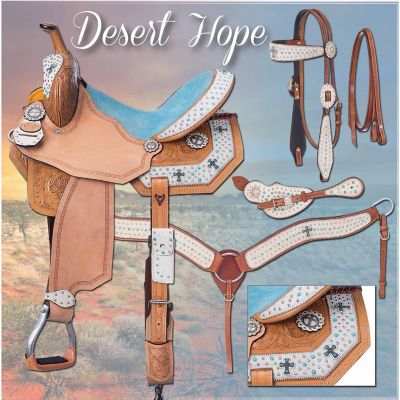
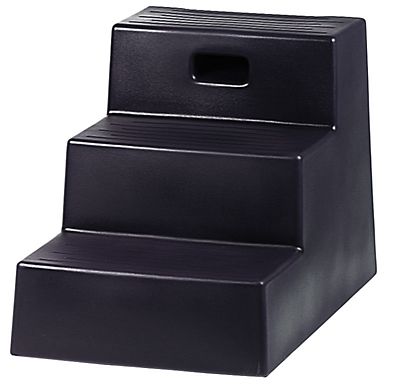
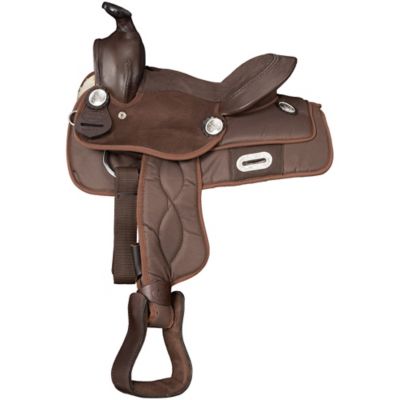
by Whitney
Excellent. Doesn’t get hot and excellent
by Granny
Very reliable! Reasonable price and and if necessary best return policy!
by Shirra
The clippers work good cuts right through thick hair
by Corey
Excellent set of clippers. Very durable and has a long power cord which makes it very convenient. Not big and bulky like some other brand clippers. They fit in your hand very comfortably.